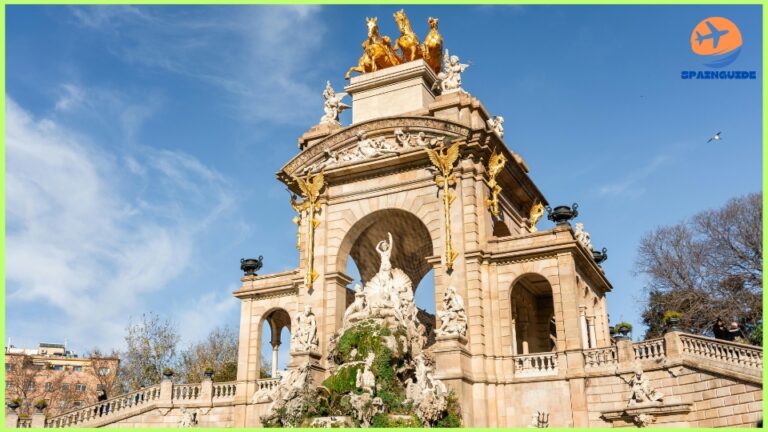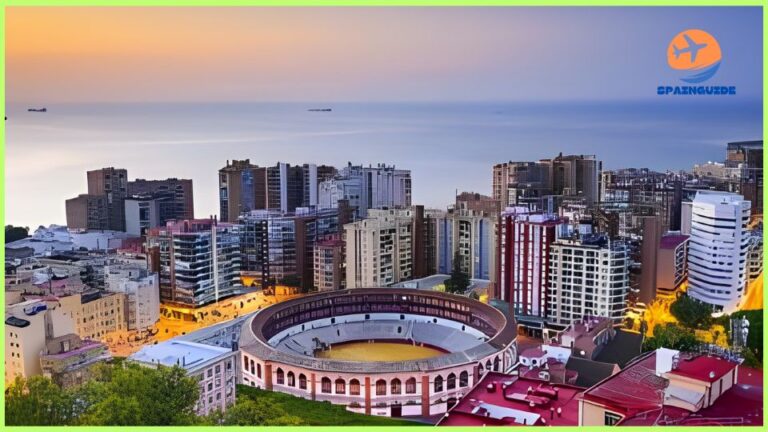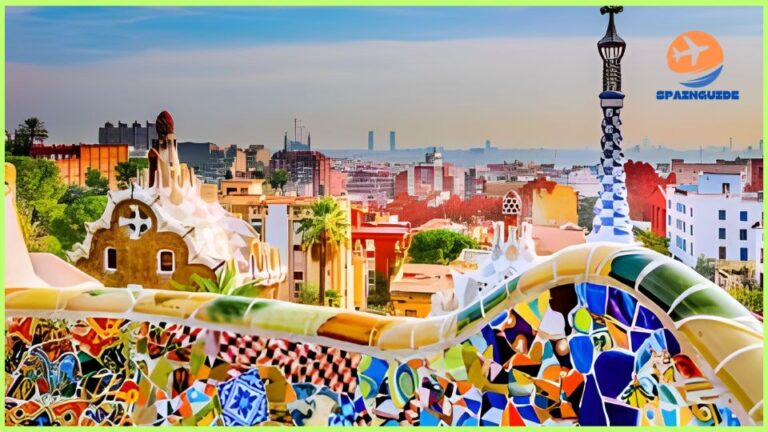The Best Time to Visit Spain: A Comprehensive Guide
Spain, a country known for its rich history, vibrant culture, and diverse landscapes, attracts visitors all year. Choosing the best time to visit, on the other hand, can be a critical factor in ensuring a truly unforgettable experience. Each season in Spain has its own set of attractions, from the lively festivals of spring to the balmy beaches of summer and the colorful foliage of autumn. In this comprehensive guide, we look at the best times to visit Spain, taking into account regional differences and the variety of activities available.
Spring: A Fiesta of Colors and Festivals
Spring in Spain, from March to May, marks the awakening of nature and an explosion of colors. This season is particularly enchanting for travelers who wish to witness Spain’s cultural exuberance through its myriad festivals. Semana Santa, or Holy Week, is a deeply rooted religious celebration held across the country, with processions and elaborate displays. The Feria de Abril in Seville and the Las Fallas festival in Valencia are also springtime highlights, offering a spectacle of music, dance, and fireworks.
The weather during spring is mild and pleasant, making it ideal for exploring Spain’s historic cities and scenic countryside. The blooming landscapes, from the almond blossoms in Andalusia to the cherry blossoms in the Jerte Valley, add a touch of magic to your journey.
Summer: Sun, Sand, and Sangria
Summer, from June to August, is synonymous with sun-soaked beaches, lively beach parties, and vibrant nightlife. The coastal regions, including the Costa del Sol and the Balearic Islands, come alive with tourists seeking to bask in the Mediterranean sun. The sparkling beaches of Barcelona, Ibiza’s legendary nightlife, and the picturesque coves of Costa Brava make summer an ideal time for sun-seekers and water enthusiasts.
However, it’s essential to note that summer temperatures can soar, particularly in southern Spain. If you prefer milder weather, consider the northern regions like Galicia or the Pyrenees, where you can enjoy outdoor activities without the intense heat.
Autumn: Harvest Festivals and Cultural Retreats
Autumn, from September to November, offers a more relaxed and cultural experience in Spain. As the summer crowds disperse, the country embraces a quieter charm. The fall foliage transforms the landscapes, particularly in the northern regions such as La Rioja and Navarra, where vineyards come alive with vibrant hues.
Harvest festivals, celebrating the bounty of wine, olives, and other agricultural products, provide a unique insight into Spanish rural life. The Camino de Santiago, a famous pilgrimage route, is particularly popular in the fall, offering breathtaking views and a sense of spiritual tranquility.
Winter: Skiing in the Pyrenees and Festive Cheer
Winter, from December to February, ushers in a different side of Spain, one marked by festive celebrations and snow-capped mountains. While the southern regions enjoy milder temperatures, the Pyrenees and Sierra Nevada offer excellent opportunities for winter sports enthusiasts.
Christmas markets, like the ones in Madrid and Barcelona, fill the air with festive cheer. The vibrant Three Kings’ Day celebrations in early January and the Carnival festivities in February add cultural richness to the winter months.
Regional Considerations
Spain’s diverse geography and distinct regional cultures contribute to the country’s dynamic appeal. In the northern regions, such as Galicia and Asturias, summer temperatures are milder, making them pleasant retreats during the peak of summer. Southern Spain, including Andalusia, experiences scorching temperatures in the summer, making spring and fall more comfortable for exploration.
The Balearic Islands and the Canary Islands offer year-round appeal, with pleasant temperatures and a variety of activities, making them attractive destinations in any season.
Off-the-Beaten-Path Experiences by Season
Spring
Cultural Immersion in Andalusia: While Seville hosts the renowned Feria de Abril, exploring the charming towns of Ronda and Cordoba during spring allows for a more intimate experience of Andalusian traditions.
Cherry Blossom Bliss in Jerte Valley: The Jerte Valley in Extremadura bursts into a sea of white and pink as cherry blossoms blanket the region. A serene retreat for nature lovers and photographers.
Historical Pilgrimage on the Camino de Santiago: Spring offers mild weather for those embarking on the Camino de Santiago pilgrimage, with blooming landscapes and fewer crowds along the way.
Summer
Beach-Hopping in Costa Brava: While the Costa del Sol draws many, the rugged coastline of Costa Brava in Catalonia offers secluded coves, historic villages, and crystal-clear waters for a quieter beach experience.
Festivals Beyond the Mainstream: Explore lesser-known festivals like the Corpus Christi celebrations in Toledo or the Batalla del Vino (Wine Battle) in La Rioja, where participants douse each other in wine in a playful tradition.
Island-Hopping in the Balearics: Beyond the bustling Ibiza, consider exploring the less crowded gems like Formentera or Menorca for a more tranquil Mediterranean escape.
Autumn
Wine Tasting in La Rioja: Autumn is harvest season, making it an ideal time to tour the vineyards of La Rioja. Participate in grape stomping and indulge in wine tasting against the backdrop of fall foliage.
Cultural Exploration in Toledo: The historic city of Toledo comes to life in autumn with fewer tourists. Explore its medieval streets, visit the Alcazar, and enjoy the city’s rich cultural heritage.
Pilgrimage to Montserrat: Head to Catalonia to witness the stunning fall colors surrounding Montserrat Monastery. The cable car ride offers breathtaking views of the rocky mountains and the valley below.
Winter
Sierra Nevada Ski Retreat: Embrace winter sports in the Sierra Nevada mountains. The region offers excellent skiing opportunities, and the charming town of Granada nearby adds a touch of Moorish history to your winter escape.
Christmas in Segovia: Experience a fairytale-like Christmas in Segovia, with its medieval streets adorned with lights and festive decorations. Don’t miss the iconic Alcazar and the ancient Roman Aqueduct.
Culinary Delights in San Sebastian: Winter is an excellent time to explore the culinary wonders of San Sebastian. Relish the famed pintxos, traditional Basque tapas, in the city’s cozy bars.
Practical Tips
Crowd Avoidance: To escape crowds, consider visiting popular destinations during shoulder seasons or exploring lesser-known regions for a more authentic experience.
Weather Awareness: Spain’s diverse climate demands a variety of clothing. Be prepared for warmer temperatures in the south and cooler weather in the north, especially during the shoulder seasons.
Local Events Calendar: Check regional events calendars to coincide your visit with local festivals, ensuring an immersive experience in Spain’s vibrant culture.
The best time to visit Spain is determined by your preferences and the experiences you seek. Spain offers a year-round tapestry of delights, whether you’re drawn to the lively festivals of spring, the sun-soaked beaches of summer, the cultural richness of autumn, or the winter sports of the Pyrenees. Consider the various regions, each with its distinct charm, and plan your trip accordingly to make the most of your time on the Iberian Peninsula.







